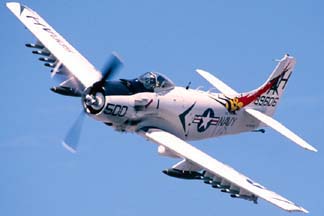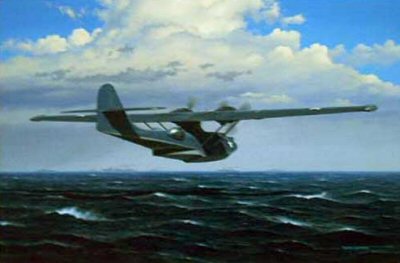De-constructing Sukhoi’s PAK-FA
You may recall that when the PAK-FA first took flight earlier this year a quick analysis was run on these pages and those over at USNI with a note that more granular analyses would surely be forthcoming. One of the first out of the box was over at the Air Power Australia site, and was pretty eyebrow raising in it’s own right. This past week Byron passed along an even more detailed analysis, all from open source material, that had come his way:
29739693 de Constructing the Sukhoi PAK FA Su 50
(Stephen Trimble over at The DEW Line notes that Markov and Hull have done work for Institute for Defense Analyses in the past, but this brief may be an independent effort).
In addition to the usual host of subjects – comparison with the only other 5th gen fighter currently flying, the F-22, for one; there are some interesting and perplexing elements to the design. For starters there is the matter of the split canopy (slide 33) with a structural member down the center of the canopy. The embedded radar antennas in the cheeks and wing leading edges are notable, but not novel as it is alleged the F-22 has embedded sensors around the aircraft. However, a multi-band capability (X-band AESA in the nose and fixed L-band in the cheeks and wings) offers greater operational flexibility and complicates counter-measures planning.
As pointed out earlier, the engines appear to lag the rest of the airframe, but even at that, with German technical assistance (see slide 40) presumably for improvements in the R&D side of the house with targets of efficiency and service life of the engine, the engines should prove sufficient from a performance, if not stealth (see slide 65). Closer to the F-35 in that regard than the F-22.
The fact that of the run of 500, 250 are Russian and the other 250 are to be a two-seat variant for India is worth noting from a resources standpoint (e.g., FMS to India is required to bring the project to fruition, just like the F-35 requires it’s share of international sales), though one wonders how much technological access the Indians will be given. This is not a small consideration as technology sharing is a bone of contention between the US and it’s F-35 partners, especially where software for the weapons system is concerned. Makes one wonder if a partnership had been entered with Japan and/or Australia what the production cost offsets might have been as well as potential for moving on to a 2nd and 3rd generation F-22.
That technology can range from the exotic, like a potential plasma energy capability which would allegedly function to break the lock of hostile AAM’s (see slides 18 & 67) to what looks to be a breakthrough in stealth coatings. The latter, if true, is perhaps the most remarkable aspect of the aircraft because of the implications it carries, not just for the PAK-FA, but generation 4.5 fighters like the Su-35. Stealth coatings have been a major time and materials cost factor for operational aircraft. The B-2 required special climate control hangers for maintenance on its coatings and one of the charges against the still-born A-12 was the beating its coatings would take in the at sea environment on a carrier. If the Russians have indeed turned the corner on a material that provides a 10x reduction in RCS, is substantially thinner (and thereby, lighter), durable in the field and can be applied to generation 4.5 aircraft, that raises the stakes considerably for Western air forces confronting opponents operating aircraft like the Su-35 updated with this material. One needn’t look too far to find a near-peer competitor that would have significant interest in applying this to their own fleet of indigenously produced gen 4/4.5 fighters and what that in turn would allow them to put into place from an operational standpoint.
Still, there are only a handful of prototypes and full flight testing is supposed to begin later this month. It is a long road from the CAD/CAM boards to the flight line and as we have found out time and again with the F-117, B-2, F-22 and now with the F-35 that unforeseen issues arise during testing (like avionics cooling – a real bedevilment for stealth aircraft) that force design changes and production delays. One also wonders given the current state of industry in Russia if they will be capable of producing the numbers indicated and within the time-frames evidently agreed to.




It seems that the document has been erased. Any chance we can see it again in Megaupload or other places like that?
Thank you very much
The brief’s authors asked that it be taken down — I am looking at a couple of alternatives…
Well as it seems that nobody else is asking, you could send it to me if is not a big problem
Did the presentation qualify the “German technical assistance” in any respect (company, program, etc.)?